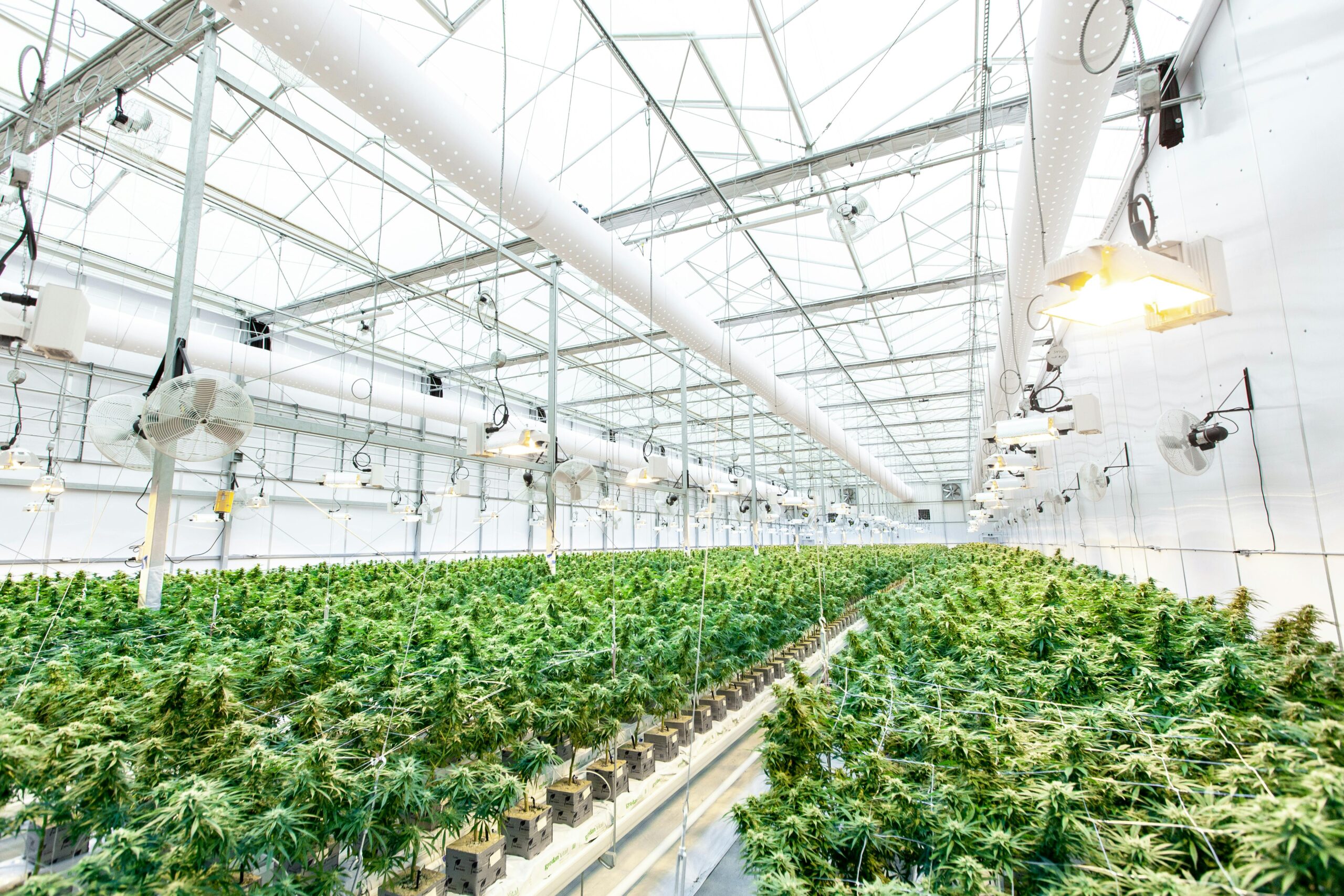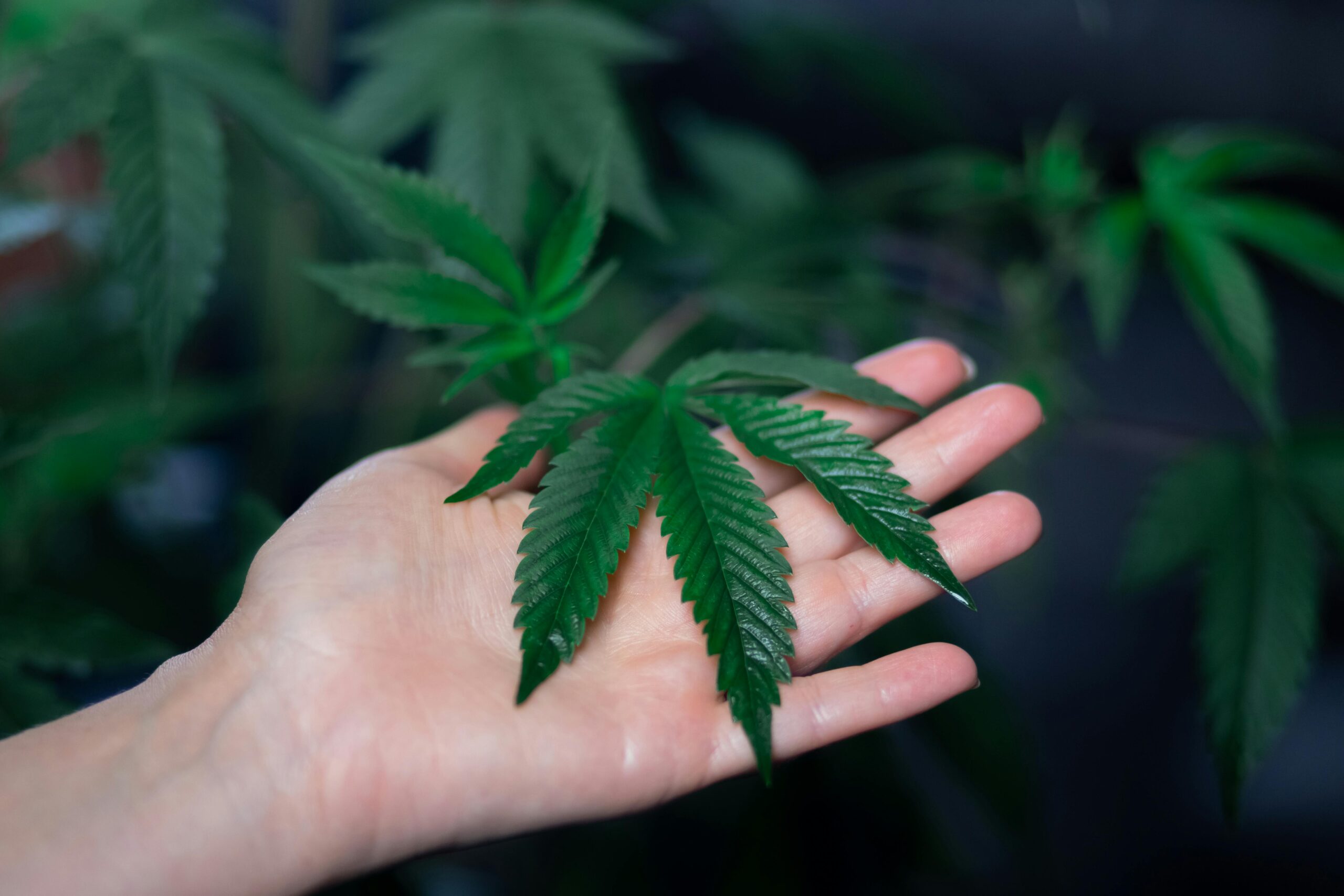Medical marijuana in the United States has undergone a significant transformation. What was once a stigmatized substance is now increasingly recognized for its therapeutic potential in treating various medical conditions. From the moment a cannabis seed is planted to the point it reaches the hands of a patient, a complex and highly regulated process unfolds. In this guide, we’re exploring the intricate journey of the medical marijuana cultivation process including distribution, various techniques, regulations, and trends shaping the industry.
Medical Marijuana Cultivation Process
The journey of medical marijuana begins with cultivation. Cultivators play a crucial role in nurturing the plant from seed to maturity. The medical marijuana cultivation process involves meticulous care, precise environmental control, and adherence to strict regulations. Cultivators must ensure that the plants receive adequate light, water, nutrients, and ventilation to thrive.
In the United States, medical marijuana cultivation is governed by a patchwork of state laws and regulations. Each state has its own set of rules regarding cultivation permits, plant limits, security measures, and licensing requirements. These regulations aim to maintain quality control, prevent diversion to the illicit market, and ensure patient safety.
Marijuana Processing Techniques
Once the cannabis plants reach maturity, they undergo processing to extract the beneficial compounds, such as cannabinoids and terpenes. Marijuana processing techniques vary depending on the desired end products. Common methods include solvent extraction, such as using ethanol or CO2, to isolate cannabinoids like THC and CBD. Other techniques include mechanical separation, such as using sieves or presses, to extract trichomes from the plant material.
Cannabis Distribution Channels in the USA
After processing, medical marijuana products are distributed to patients through various channels. In the United States, distribution channels may include dispensaries, pharmacies, and online platforms. Dispensaries, also known as medical marijuana dispensaries or cannabis dispensaries, are brick-and-mortar establishments where patients can purchase medical marijuana products. Pharmacies may also dispense medical marijuana in states where it is legal and regulated like other prescription medications.
Marijuana Cultivation Laws in the USA
The legal landscape surrounding medical marijuana cultivation in the United States is dynamic and constantly evolving. While some states have legalized medical marijuana cultivation for qualified patients, others maintain strict prohibitions on cultivation for any purpose. Federal law still classifies marijuana as a Schedule I controlled substance, creating a complex legal framework that varies from state to state.
Cannabis Extraction Methods
In addition to traditional cultivation methods, advances in cannabis extraction technology have revolutionized the industry. Cannabis extraction methods enable the isolation and concentration of specific compounds for use in medical marijuana products. Common extraction methods include solvent extraction, CO2 extraction, and lipid infusion. Each method has its own advantages and limitations, and the choice of extraction method depends on the desired end products and regulatory requirements.
Medical Cannabis Supply Chain
The medical cannabis supply chain encompasses all stages of production, from cultivation to distribution. A well-functioning supply chain ensures that medical marijuana products reach patients safely, efficiently, and in compliance with regulations. Key stakeholders in the supply chain include cultivators, processors, distributors, and dispensaries. Supply chain management involves logistics, inventory control, quality assurance, and regulatory compliance.
Marijuana Distribution Regulations
The distribution of medical marijuana is subject to strict regulations at the state level. These regulations govern aspects such as licensing, product testing, labeling, packaging, and security protocols. Distribution regulations aim to protect public health and safety, prevent diversion to the illicit market, and ensure that patients have access to safe and effective medical marijuana products.
Cannabis Cultivation Permits in the USA
Cultivating medical marijuana in the United States requires obtaining the necessary permits and licenses from state regulatory agencies. Cultivation permits typically involve an application process, background checks, and compliance with specific requirements, such as security measures and cultivation limits. The issuance of permits is often contingent on demonstrating compliance with state laws and regulations governing medical marijuana cultivation.
Medical Marijuana Manufacturing Process
The manufacturing process for medical marijuana products involves converting raw cannabis material into finished products, such as oils, tinctures, edibles, and topical creams. Manufacturing facilities must adhere to strict quality control standards to ensure the safety, potency, and consistency of medical marijuana products. This may include testing for contaminants, dosing accuracy, and product stability.
Cannabis Distribution Logistics
Effective distribution logistics are essential for ensuring the timely delivery of medical marijuana products to patients. Distribution logistics involve transportation, warehousing, inventory management, and order fulfillment. Factors such as product shelf life, temperature sensitivity, and regulatory compliance influence distribution logistics decisions. Advanced technology, such as track-and-trace systems and inventory management software, plays a crucial role in optimizing distribution logistics.
Marijuana Cultivation Best Practices
Successful medical marijuana cultivation relies on the implementation of best practices that prioritize plant health, optimize yield, and ensure product quality. Cultivators must adhere to these practices to navigate the complexities of cultivation and produce consistent, high-quality medical marijuana products.
One crucial aspect of cultivation best practices is proper nutrient management. Cannabis plants require a balanced diet of essential nutrients, including nitrogen, phosphorus, and potassium, to support healthy growth and development. Cultivators must carefully monitor nutrient levels in the soil or growing medium and adjust nutrient formulations as needed to meet the specific needs of the plants at each growth stage.
Pest and disease control is another key consideration in cultivation best practices. Cannabis plants are susceptible to a variety of pests and diseases that can damage crops and reduce yields. Cultivators must implement proactive measures to prevent infestations, such as maintaining a clean and sanitary growing environment, employing biological controls, and regularly inspecting plants for signs of pests or diseases.
Environmental monitoring is essential for optimizing cultivation conditions and mitigating risks. Cultivators must monitor factors such as temperature, humidity, light intensity, and air circulation to create an optimal growing environment for cannabis plants. Advanced environmental monitoring systems can help cultivators track these parameters and make real-time adjustments to optimize plant health and productivity.
Genetic selection is another important aspect of cultivation best practices. Choosing the right cannabis strains with desirable traits, such as high cannabinoid content, disease resistance, and yield potential, is critical for achieving success in cultivation. Cultivators may select from a wide range of cannabis varieties, including indica, sativa, and hybrid strains, each with its own unique characteristics and growth requirements.
Continuous education and research are fundamental to cultivation best practices. The field of cannabis cultivation is constantly evolving, with new techniques, technologies, and research findings emerging regularly. Cultivators must stay abreast of the latest developments in cultivation science and incorporate evidence-based practices into their operations to remain competitive and maximize yields.

Photo by Richard T on Pexels.
Cannabis Processing Facilities
Cannabis processing facilities, also known as extraction labs or manufacturing facilities, are specialized facilities where raw cannabis material is converted into medical marijuana products. These facilities are equipped with state-of-the-art equipment and adhere to strict safety and quality standards. Processing facilities may specialize in specific extraction methods or produce a range of medical marijuana products.
Medical Marijuana Packaging Requirements
Packaging plays a crucial role in ensuring the safety, efficacy, and regulatory compliance of medical marijuana products. Packaging requirements vary by state but often include child-resistant packaging, tamper-evident seals, and labeling requirements. Packaging must also protect the integrity of the product during transportation and storage and provide essential information to patients, such as dosage instructions and product potency.
Cannabis Distribution Licenses
Distribution of medical marijuana products requires obtaining the necessary licenses and permits from state regulatory agencies. Distribution licenses may include specific requirements related to security, transportation, and record-keeping. The issuance of distribution licenses is often contingent on demonstrating compliance with state laws and regulations governing medical marijuana distribution.
Marijuana Cultivation Equipment
Cultivating medical marijuana requires specialized equipment tailored to the unique needs of the cannabis plant. Common cultivation equipment includes grow lights, climate control systems, irrigation systems, and harvesting tools. Cultivators must invest in high-quality equipment and maintain it properly to ensure optimal plant health and yield.
Cannabis Extraction Technologies
Advances in cannabis extraction technologies have revolutionized the medical marijuana industry, enabling the isolation and concentration of specific cannabinoids and terpenes for use in various products. One cutting-edge extraction technology gaining popularity is hydrocarbon extraction, which utilizes solvents like butane or propane to extract cannabinoids and terpenes from the plant material. This method offers high potency and efficiency but requires careful control to ensure safety and compliance with regulations.
Additionally, innovative techniques such as microwave-assisted extraction and ultrasonic extraction are being explored for their potential to improve extraction efficiency and reduce processing times. These technologies utilize electromagnetic or ultrasonic waves to facilitate the extraction process, allowing for faster and more efficient extraction of cannabinoids and terpenes from the plant material.
As the medical marijuana industry continues to evolve, research and development in cannabis extraction technologies are likely to drive further innovation and improve the quality and diversity of medical marijuana products available to patients.
Medical Marijuana Distribution Trends
The medical marijuana distribution landscape is constantly evolving in response to changing consumer preferences, regulatory developments, and market dynamics. Key trends shaping the distribution of medical marijuana include the expansion of online sales, the emergence of cannabis delivery services, and the integration of technology into distribution operations. Understanding these trends is essential for stakeholders seeking to navigate the complex and rapidly evolving medical marijuana market.

Photo by Kindel Media on Pexels.
Cannabis Cultivation Sustainability
Sustainability is an increasingly important consideration in the cultivation of medical marijuana, as the industry seeks to minimize its environmental footprint and promote responsible stewardship of natural resources. Cultivating cannabis can have significant environmental impacts, including energy consumption, water usage, and waste generation. In response, cultivators are embracing sustainable practices to mitigate these impacts and ensure the long-term viability of the industry.
One key aspect of cannabis cultivation sustainability is energy efficiency. Indoor cultivation facilities require large amounts of energy to power lighting, climate control systems, and other equipment. Cultivators are implementing energy-efficient lighting solutions, such as LED grow lights, which consume less electricity and produce less heat than traditional lighting systems. Additionally, advanced climate control systems and insulation techniques can help optimize energy usage and reduce overall energy consumption.
Water conservation is another critical component of cannabis cultivation sustainability. Cannabis plants require significant amounts of water, especially during the flowering stage. Cultivators are implementing water-saving techniques, such as drip irrigation systems, rainwater harvesting, and water recycling systems, to minimize water usage and reduce strain on local water supplies. These measures not only conserve water but also help protect watersheds and aquatic ecosystems from pollution and depletion.
Waste management is also a priority for sustainable cannabis cultivation. Cultivation operations generate various types of waste, including plant material, packaging, and wastewater. Cultivators are implementing recycling and composting programs to minimize waste sent to landfills and reduce their environmental impact. Additionally, some cultivators are exploring innovative methods for repurposing cannabis waste, such as converting plant material into biofuels or bioplastics.
Organic cultivation practices are gaining traction as part of the sustainability movement in the cannabis industry. Organic cultivation relies on natural inputs and biological controls to promote soil health, biodiversity, and ecosystem resilience. By avoiding synthetic pesticides, herbicides, and fertilizers, organic cultivators minimize the risk of environmental contamination and produce cleaner, safer products for consumers.
Marijuana Processing Standards
The processing of medical marijuana products is subject to stringent quality standards to ensure patient safety and product consistency. Processing standards may include good manufacturing practices (GMP), quality control testing, and compliance with regulatory requirements. Adhering to processing standards is essential for maintaining product integrity and building trust with patients and regulators.
Medical Cannabis Distribution Networks
The distribution of medical marijuana products relies on a network of stakeholders, including cultivators, processors, distributors, and dispensaries. A well-established distribution network is essential for ensuring that patients have timely access to medical marijuana products. Distribution networks may vary by state and can include both traditional brick-and-mortar dispensaries and online platforms.
***
The journey of medical marijuana from plant to patient is a complex and highly regulated process. From cultivation to distribution, each stage involves careful planning, meticulous execution, and adherence to strict regulations. By understanding the intricacies of the medical marijuana supply chain, stakeholders can ensure the safe and effective delivery of medical marijuana products to patients across the United States.

